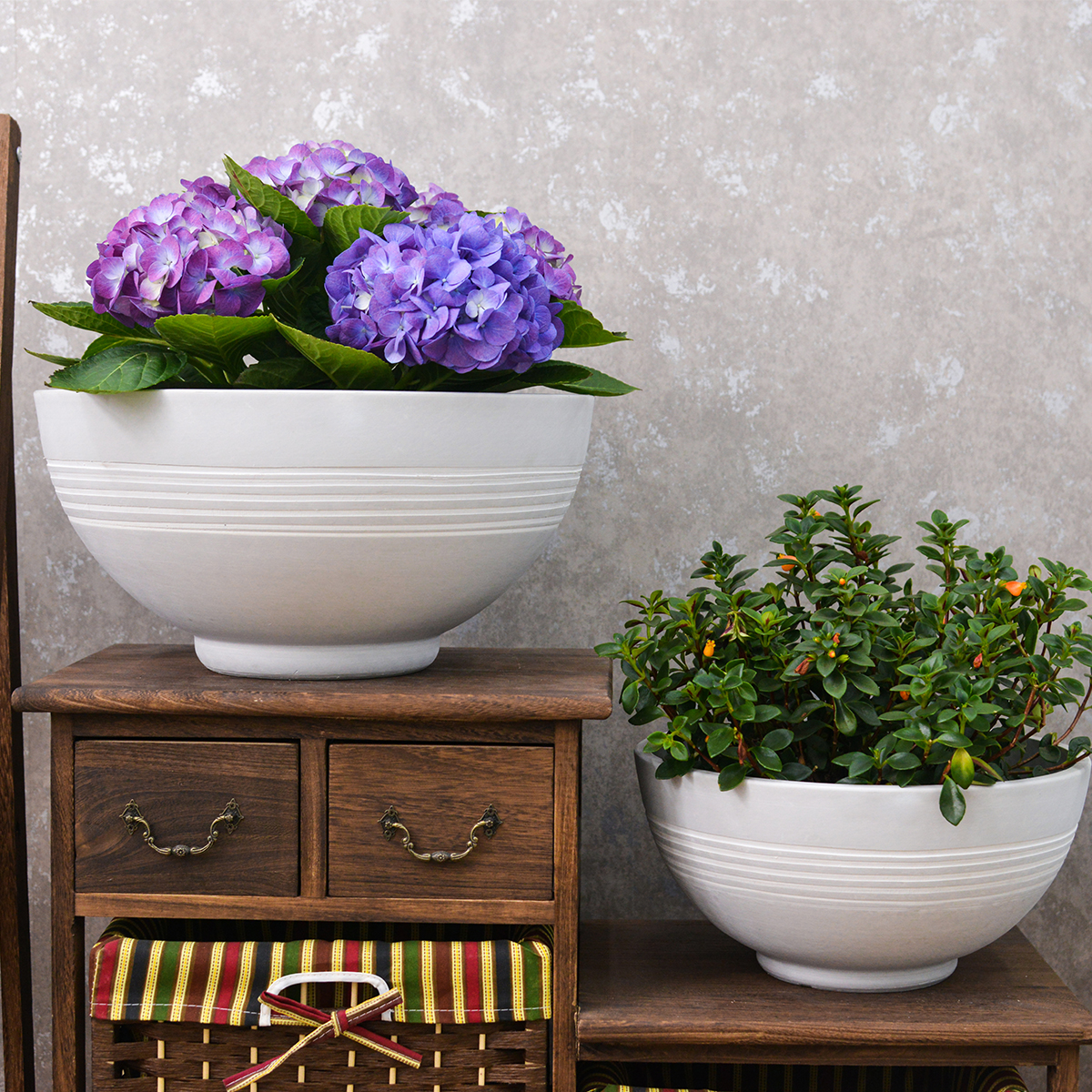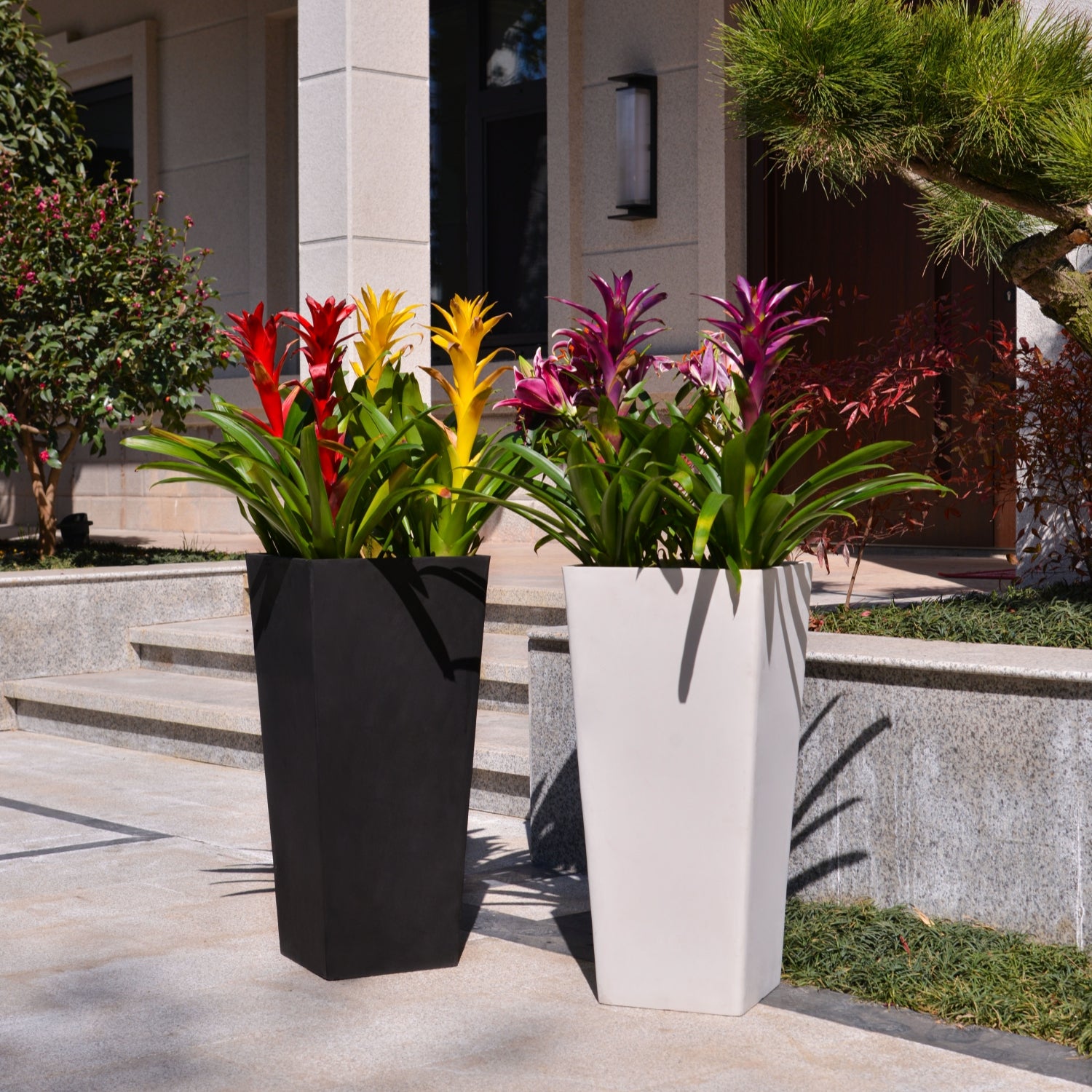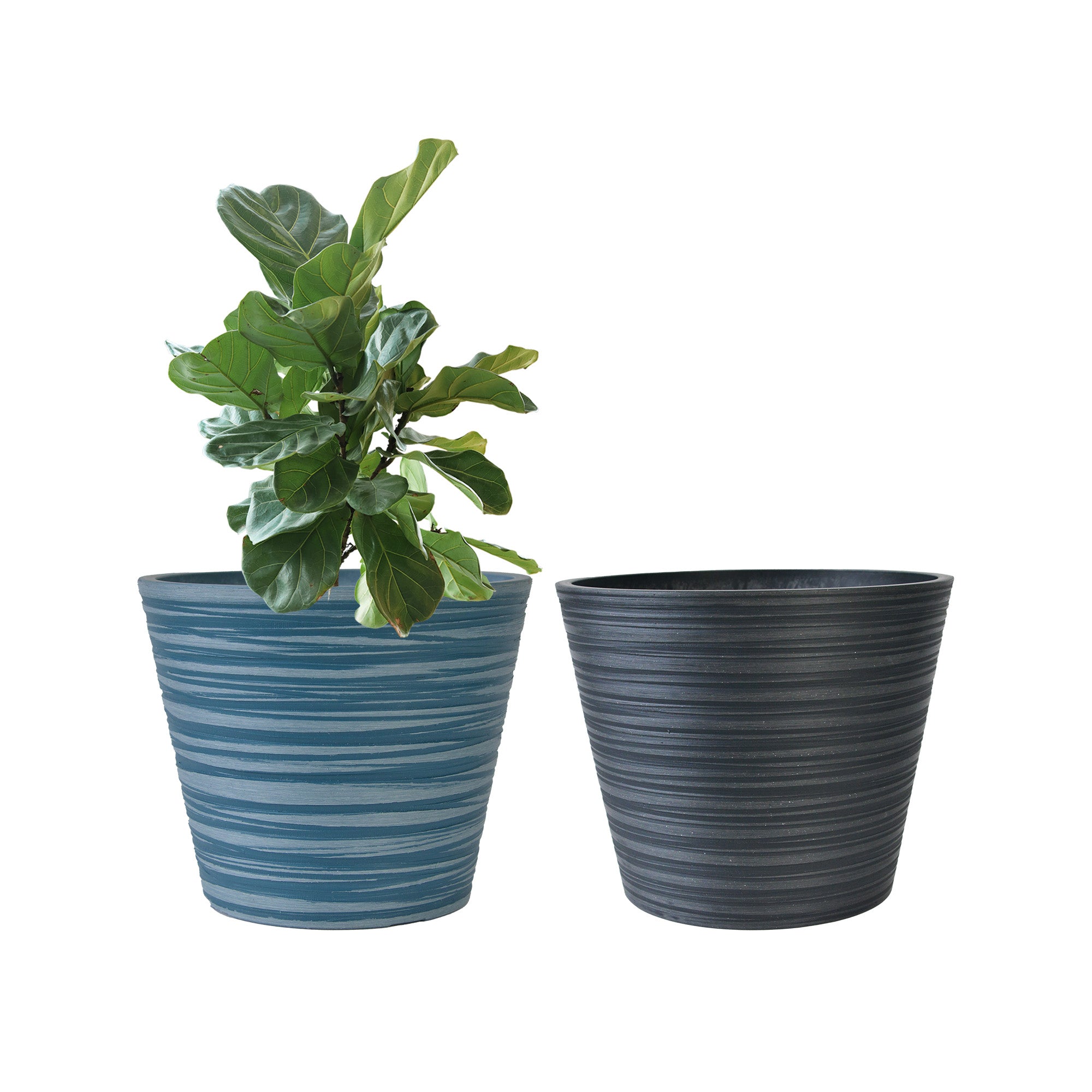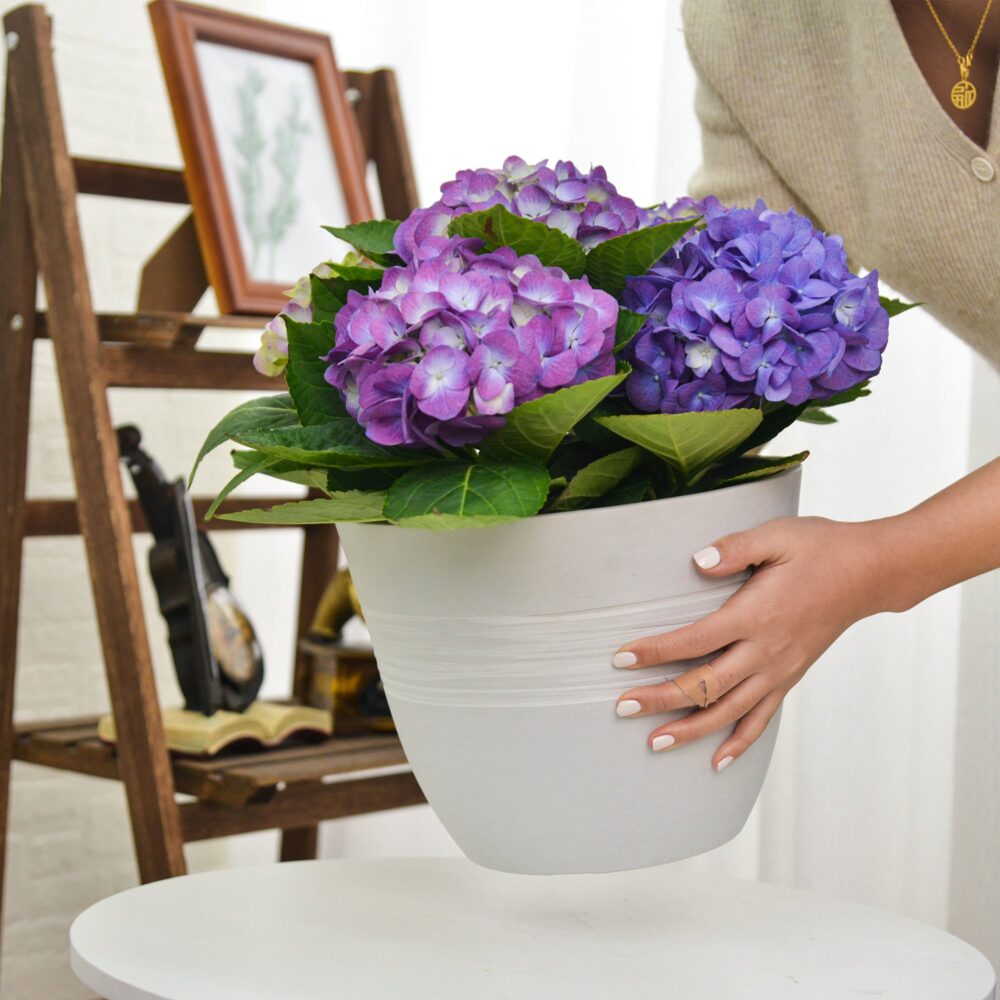Never Buy Greens Again? Grow Abundant Malabar Spinach This Easy Way!
Tired of constant trips to the grocery store for leafy greens? The Spanish article highlights a fantastic solution: growing Malabar spinach. This vigorous, heat-loving vine is not a true spinach but offers a similar flavor and texture, and when grown correctly, it can provide you with a continuous supply of nutritious vegetables throughout the growing season. Here’s how to cultivate this garden gem and potentially say goodbye to store-bought greens for good!
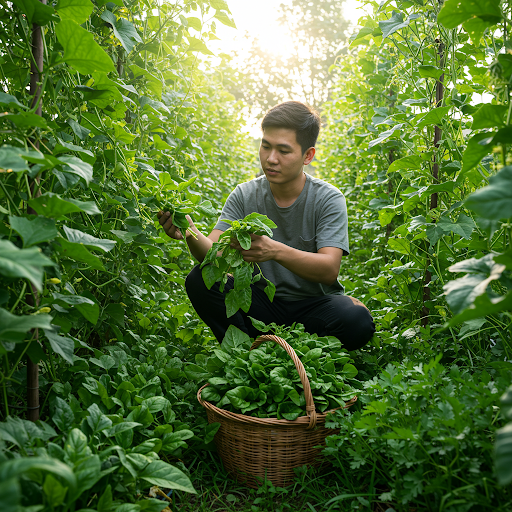
Why Choose Malabar Spinach?
- Continuous Harvest: Unlike many other vegetables, Malabar spinach thrives with regular harvesting, encouraging even more growth. You can snip leaves and tender shoots all season long.
- Heat Tolerant: This is a major advantage, especially for gardeners in hot and humid climates where traditional spinach tends to bolt (go to seed prematurely). Malabar spinach loves the heat!
- Nutritious: Packed with vitamins A and C, iron, and calcium, Malabar spinach is a healthy addition to your diet.
- Versatile in the Kitchen: Use it in salads, stir-fries, soups, stews, and anywhere you’d typically use spinach. It has a slightly peppery and mild flavor.
- Attractive Vine: Its lush, dark green leaves and reddish stems make it an ornamental addition to your garden, especially when grown on a trellis.
- Relatively Pest and Disease Resistant: Malabar spinach is generally less prone to pests and diseases compared to traditional spinach.
How to Grow Malabar Spinach for a Never-Ending Supply:
Choose the Right Location:
- Sunlight: Malabar spinach thrives in full sun (at least 6-8 hours of direct sunlight per day). It can tolerate some partial shade, especially in very hot climates, but full sun will result in the most vigorous growth.
- Soil: It prefers well-draining soil that is rich in organic matter. Amend your soil with compost before planting. A slightly acidic to neutral pH (6.5-7.0) is ideal.
Starting Your Plants:
- From Seed: You can start Malabar spinach from seed indoors 4-6 weeks before your last expected frost. Soak the seeds in water overnight to improve germination. Transplant seedlings outdoors once the soil has warmed up and all danger of frost has passed.
- Direct Sowing: In warmer climates with a long growing season, you can direct sow seeds outdoors once the soil temperature reaches at least 70°F (21°C).
- Spacing: Space plants about 12-18 inches apart to allow for their vining growth.
Providing Support:
- Malabar spinach is a climbing vine and needs support to grow vertically. This not only saves space but also makes harvesting easier and improves air circulation.
- Trellis: A sturdy trellis is an excellent option.
- Fence: Plant it along a fence for it to climb.
- Stakes or Poles: Individual stakes or poles can also be used.
Watering:
- Keep the soil consistently moist, especially during hot and dry periods. Water deeply at the base of the plant.
- Mulching around the base can help retain moisture.
Fertilizing:
- Malabar spinach benefits from regular feeding, especially to support continuous growth and harvesting.
- At Planting: Incorporate compost into the soil.
- During the Growing Season: Feed every 4-6 weeks with a balanced organic fertilizer or compost tea. Avoid excessive nitrogen, which can lead to lots of leaves but fewer flowers (and eventually seeds).
Harvesting for Continuous Production:
- Start Early: Begin harvesting young, tender leaves and shoots as soon as the plant is established and has enough foliage.
- Pinch Back Tips: Regularly pinching back the growing tips encourages branching and bushier growth, leading to more leaves and shoots to harvest.
- Harvest Regularly: The more you harvest, the more the plant will produce. Don’t be afraid to take a good amount of leaves at each harvest. Focus on the younger, more tender growth.
- Avoid Taking Too Much at Once: While you can harvest generously, avoid stripping the entire plant of its leaves, as this can weaken it.
Pest and Disease Management:
- Malabar spinach is generally quite resilient. However, keep an eye out for common garden pests like aphids or spider mites. Treat any infestations with insecticidal soap or neem oil.
- Ensure good air circulation to prevent fungal diseases.
Overwintering (in mild climates):
- In USDA hardiness zones 9 and warmer, Malabar spinach may survive as a perennial, though it might die back in cooler months and regrow in the spring.
Saving Seeds (Optional):
- If you want to save seeds for the following year, allow some of the flowers to mature and form small, dark berries. Let the berries dry on the vine, then harvest and store them in a cool, dry place. Be aware that germination rates can sometimes be low.
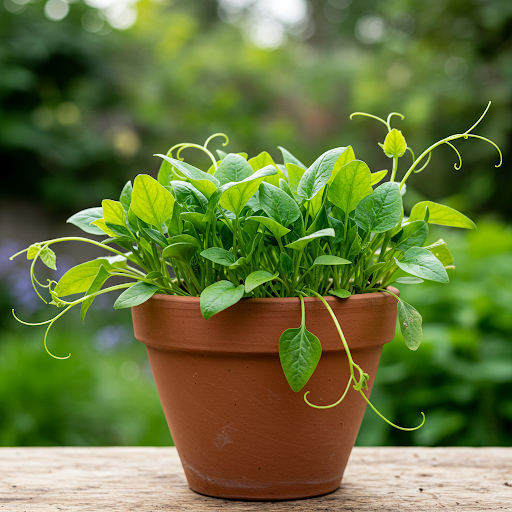
Culinary Uses in the US:
Malabar spinach can be used in many of the same ways as traditional spinach. Its slightly thicker leaves hold up well in stir-fries and soups. Try it in:
- Salads (young leaves)
- Stir-fries with garlic and other vegetables
- Soups and stews
- Curries
- Omelets and frittatas
Conclusion:
Growing Malabar spinach is a fantastic way to ensure a continuous supply of nutritious and delicious greens throughout the warm months. Its heat tolerance, vining nature, and ease of propagation make it a rewarding addition to any garden, big or small. With a little attention to its needs, you might just find yourself making fewer trips to the produce aisle!
KC3-09k
By greenship|2024-08-16T06:24:36+00:00August 16, 2024|Categories: Hand-carving Series|
GreenShip 27inch Tall Planters for Porch, Large Outdoor Planter Pots with Drainage Hole
By greenship-seo|2025-04-10T06:27:21+00:00April 7, 2025|Categories: Hand-carving Series|Tags: Decorative Flower Pots|
Planter 5 in W / 8 in W / 12 in W or Indoor Outdoor Plants, Modern Decorative Plant Pots with Drainage Hole, Decorative Flower Pots
By greenship-seo|2025-04-10T06:37:58+00:00January 16, 2025|Categories: Hand-carving Series|Tags: Decorative Flower Pots|
HS
By greenship|2024-08-13T06:45:17+00:00August 13, 2024|Categories: Hand-carving Series|
Planter for Indoor Outdoor Plants, Set of 2 Modern Decorative Plant Pots with Drainage Hole, Decorative Flower Pots
By greenship-seo|2025-01-14T12:26:44+00:00January 14, 2025|Categories: Hand-carving Series|Tags: Decorative Flower Pots|
k2-21G
By greenship|2024-08-13T06:17:26+00:00August 13, 2024|Categories: Hand-carving Series|

